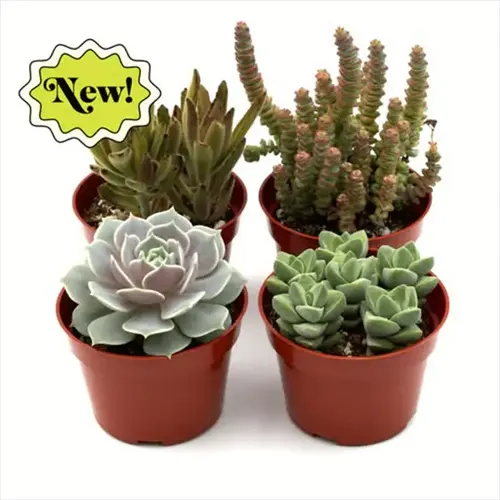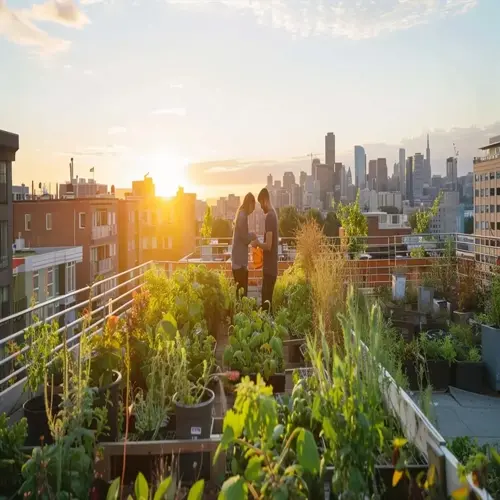Can blight spread from tomatoes to other garden plants?

Written by
Olivia Mitchell
Reviewed by
Prof. Charles Hartman, Ph.D.The tomato blight quickly spreads to other plants of the nightshade family, such as potatoes, peppers, and eggplants. The spores are carried by winds several miles away, or they may be splashed by rain or irrigation. Tools and gloves used for such gardening also carry the infection. I have seen all the potatoes in entire fields become infected within a week after the fruit of infected tomatoes was handled by hands that had not been washed.
Whenever plant diseases are noted, containment protocols should be followed immediately. Isolate infected plants with physical barriers such as row covers. Create separate paths through the crop to care for sick and healthy crops. I use color-coded tools (red for blight zones and green for healthy zones). Always work your way from healthy to infected areas and never reverse the direction.
Sanitation Measures
- Sterilize tools with 10% bleach for 30 minutes between plants
- Use separate footwear for infected garden sections
- Wash hands with antibacterial soap after contact
Barrier Strategies
- Plant corn or sunflowers between nightshade families
- Install physical row cover separations
- Create gravel pathways as contamination buffers
Cultural Controls
- Rotate nightshades out for 3 years minimum
- Time plantings so maturity periods don't overlap
- Use resistant varieties as buffer plants
Non-nightshade plants can be safeguarded with a variety of simple precautions. The blight diseases cannot attack beans, lettuce, or squash. Still, a little care is necessary to avoid accidentally transferring the various tools of the trade. I plant a border of marigolds around the unaffected beds. These flowers have roots that produce natural fungicides. No special treatments are necessary, beyond the usual methods of cultivation.
Remediate contaminated areas by rotating crops strategically after a blight dip, and plant brassica crops like cabbage for two consecutive seasons. Follow with onion or carrot crops before going back to the nightshades. I use mustard cover crops before the rotations to bio-fumigate the soil. These practices have kept my home garden productive despite some outbreaks.
Read the full article: Tomato Blight Treatment Guide: Control & Prevention

